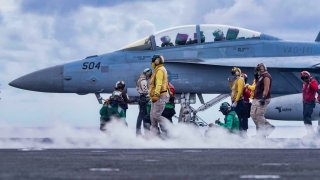The Age of the Navy Aircraft Carrier Is Over
Much as the battleship was the byproduct of a bygone era when World War II erupted in the Pacific, the modern aircraft carrier is symbol of a long-gone age.
Summary: The article critiques the United States' continued investment in aircraft carriers, likening them to obsolete battleships of the past due to their vulnerability to modern missile technologies.
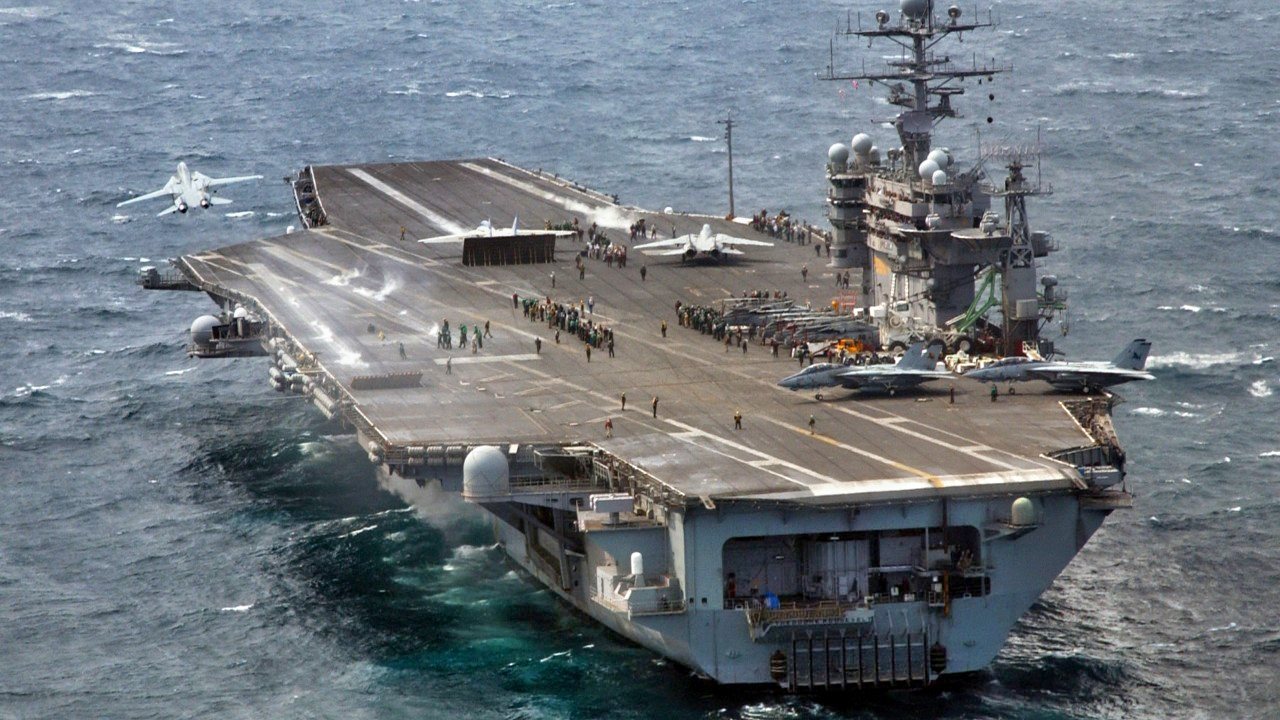
-It highlights the shift in naval warfare, emphasizing that countries like China and non-state actors like the Houthi Rebels have developed cost-effective anti-ship missiles capable of challenging US naval supremacy, particularly in regions like the Indo-Pacific and the Red Sea.
-The author advocates for a strategic pivot towards submarines and more agile surface ships, alongside investment in hypersonic and space weapons, to maintain the US military's global effectiveness against evolving threats.
From Dominance to Vulnerability: The Decline of US Aircraft Carriers
Most countries tend to fight--and prepare to fight--the previous war. This fact is seen in Washington's obsessive commitment to building and maintaining expensive aircraft carriers. While works of technological marvels, America's aircraft carriers are holdovers from a bygone era. They have become much like the battleships of yore that they replaced. In fact, the entire history of the flat top is one of accidental greatness. For the Americans, the reason that the US Navy relied on these technological marvels to beat the Japanese in the Pacific Theater of the Second World War, was simply because they had no choice.
Aircraft Carriers: A Legacy System That's Not Worth the Cost
America’s preferred warship of the day, the battleship, had been denied to the Americans in the Pacific at Pearl Harbor, where the Pacific Fleet’s flotilla of battleships had been sunk. Having to respond quickly to Japan’s attack, the Navy was forced to become innovative, as their carriers had been untouched by the Japanese attack at Pearl Harbor, so the US strategy had to place the aircraft carriers at the epicenter of Washington’s war winning strategy for defeating Japan. The US had made it work.
And the Pacific Theater showed the effectiveness of having mobile warplane launchers at sea. The age of battleships died an unceremonious death in the opening of World War II. After the war, America recognized the prestige and power projection that aircraft carriers provided them.
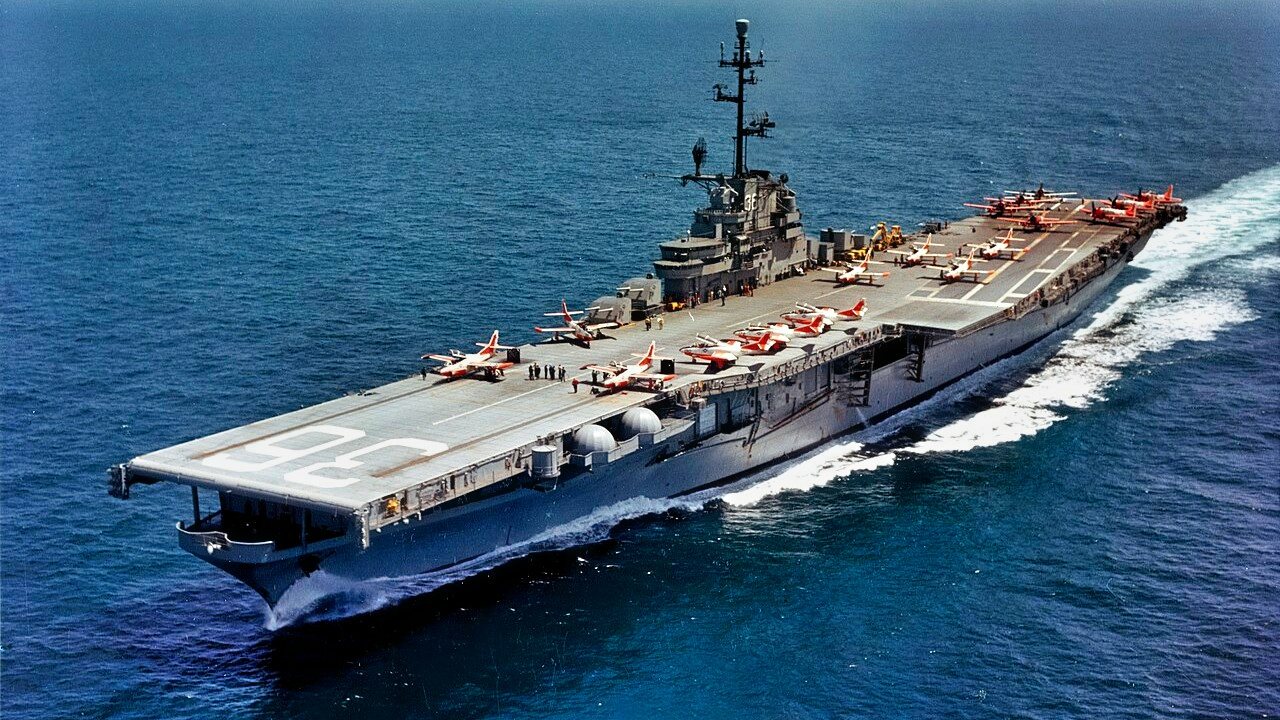
So, the age of aircraft carriers was extended for many decades beyond WWII.
Today, the average cost for building a nuclear-powered, aircraft carrier—a supercarrier, such as America’s new Gerald R. Ford-class is upwards of $13.3 billion. It costs an additional hundreds of millions of dollars to maintain. Previous models are only slightly less expensive. The United States has 11 aircraft carriers. These warships are the largest carriers in the world, with twice the amount of deck space for takeoffs and landings than any other carrier fleet in the world.
Yet, their complexity and exorbitant cost make them not only tempting targets for rivals, but if they were to be destroyed or seriously damaged in combat, it would effectively make them a wasting asset. Billions of dollars would be lost and the US Navy’s power projection abilities would be seriously degraded.
The Aircraft Carrier is This Generation's Battleship: Obsolete
Much as the battleship was the byproduct of a bygone era when World War II erupted in the Pacific, the modern aircraft carrier is symbol of a long-gone age. Today, massive arsenals of long-and-intermediate-range missiles can overwhelm the shipborne defenses of aircraft carriers and other US Navy warships. China has become a master at building their antiship capability to such a degree that many naval warfare specialists fear that the aircraft carrier would be render combat ineffective, if—and when—a Sino-American war erupted over Taiwan.
And it’s not only rising great powers, like the People’s Republic of China that have created a massive arsenal of cheap (compared to the cost of US aircraft carriers) antiship missiles that can completely upend U.S. defense policy for the Indo-Pacific.
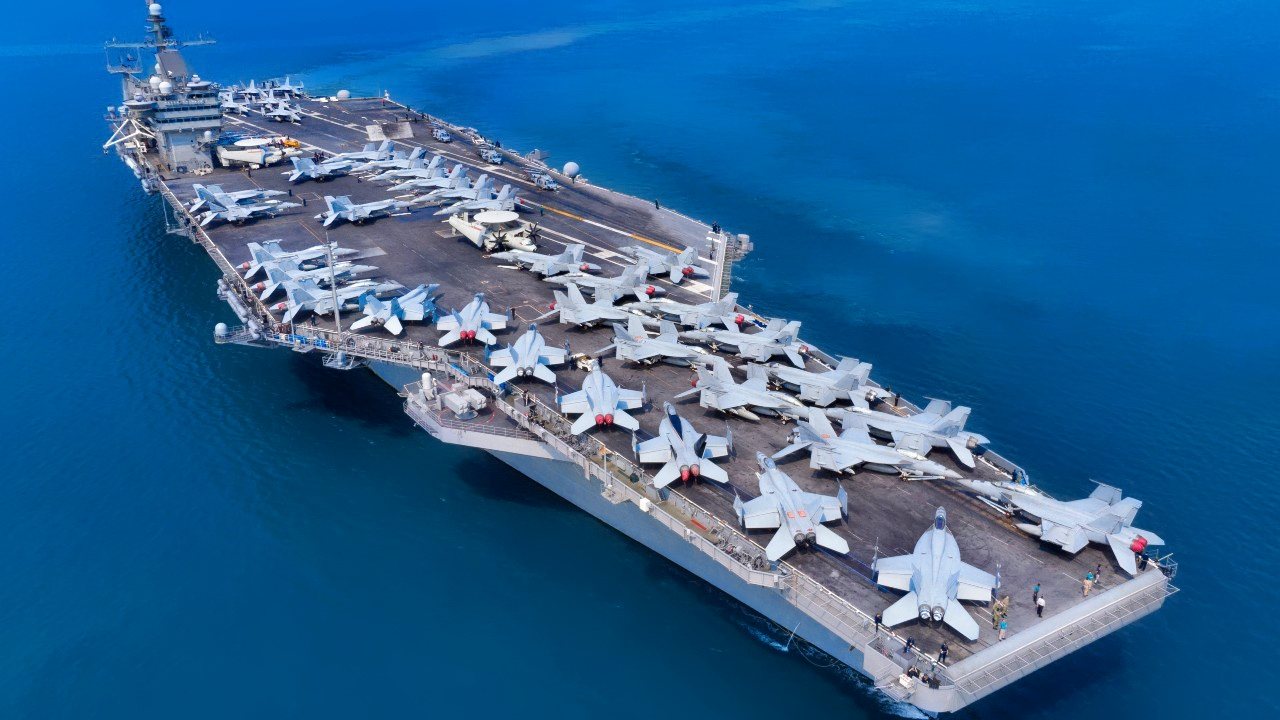
It's tinpot, two-bit, third-rate terror organizations, like the Iran-backed Houthi Rebels in Yemen, who have proven the asymmetrical advantages that antiship missiles provide to enemies of the United States. For a fraction of the cost of US aircraft carriers, the Houthis proved in late 2023 that they can hold the entire US Navy at bay with such missiles. After the egregious Iran-backed Hamas terrorist attacks on Israel in October 2023, the Houthis intervened on the side of Hamas and began harrying foreign maritime trade by launching a ceaseless wave of terrorist attacks in the Red Sea. By doing so, the terrorists complicated international shipping, increased risk in that important industry, and exploded the cost of goods on everyone (since the global economy relies upon maritime trade).
The US Navy has, since the end of the Second World War, been the guarantor of last resort for the world’s expansive maritime trading routes—notably in the Middle East. But the presence of Iran-provided antiship missiles under the control of the Houthis was more than enough to keep the bulk of the US Navy away from intervening against the terrorists in the Red Sea.
Therefore, the terror on the Red Sea lasted far longer than it ordinarily would have. The hesitancy of the Pentagon to deploy the expensive naval assets under their command in the region to stop the terrorist attacks on the high seas not only increased the bite of the terror attacks on everyone, but it sent a signal to rivals, like China, that they’ve little to fear from America’s once fearsome aircraft carrier fleet.
The Pathway Forward Will Not Be Forged By America's Carriers
What’s needed instead is a refocus of US strategy to enhance and expand America’s submarine fleet. Smaller, more maneuverable, and harder-to-destroy surface warships should be invested in as well. Meanwhile, as both missiles and hypersonic weapons become the norm for modern warfare, rather than blowing America’s budget on legacy systems that won’t be useful, the Pentagon should be investing in its own hypersonic weapons and new age space weapons to counter the threats that its forces are facing globally. Until these actions are taken by the Pentagon, the US military’s effectiveness against its foes will continue to be degraded.
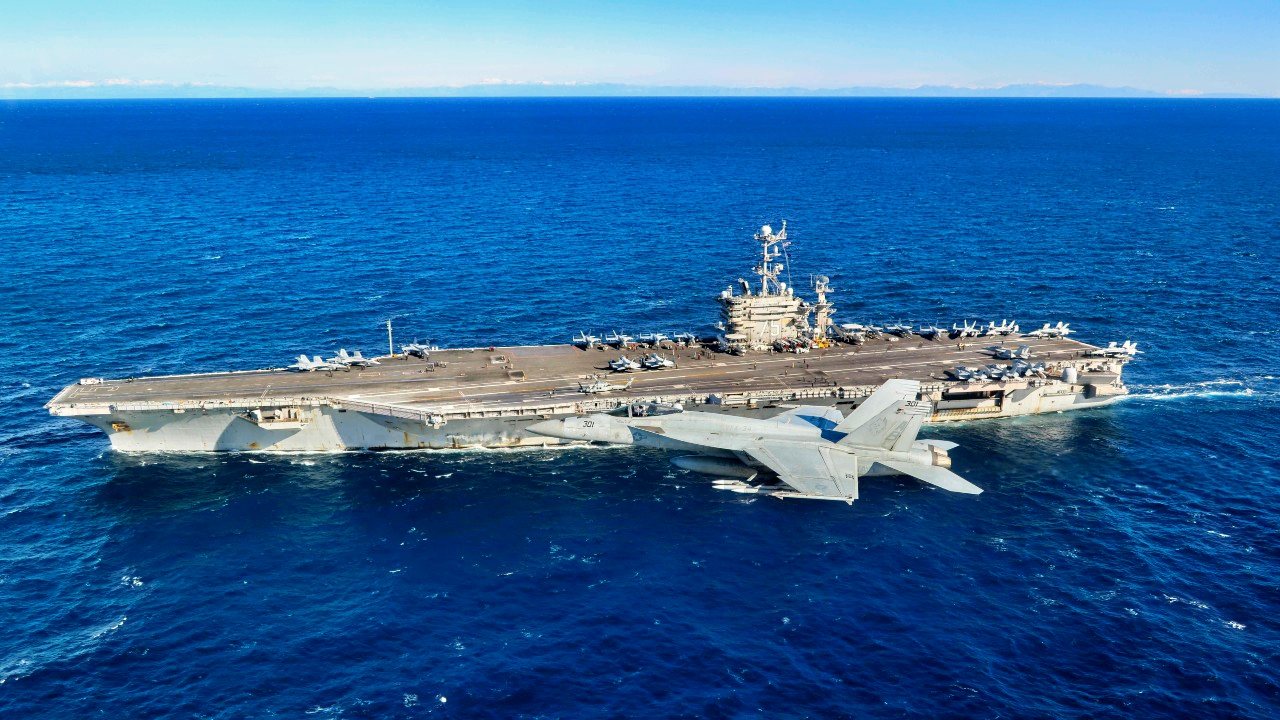
Like HBO's hit television series, The Sopranos, the age of the aircraft carrier is over. It's time for all of us to move on before it's too late for US military power.
About the Author
Brandon J. Weichert is a former Congressional staffer and geopolitical analyst who is a contributor at The Washington Times, as well as at American Greatness and the Asia Times. He is the author of Winning Space: How America Remains a Superpower (Republic Book Publishers), Biohacked: China’s Race to Control Life, and The Shadow War: Iran’s Quest for Supremacy. Weichert can be followed via Twitter @WeTheBrandon.


